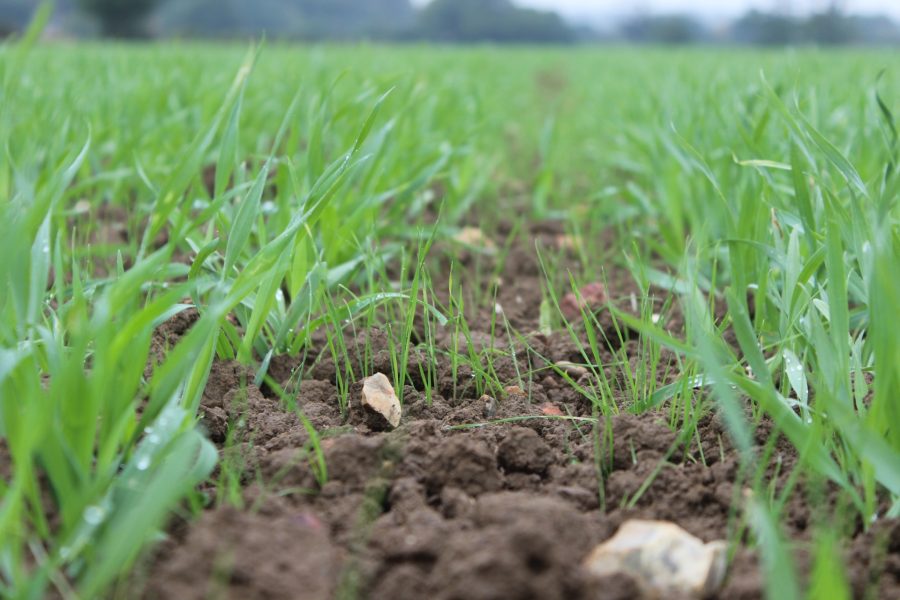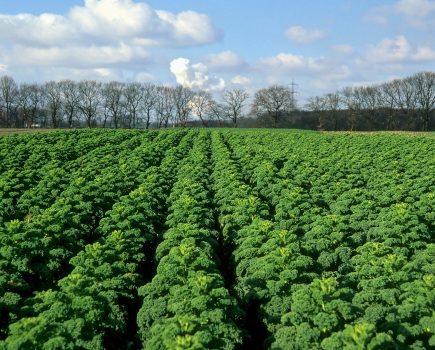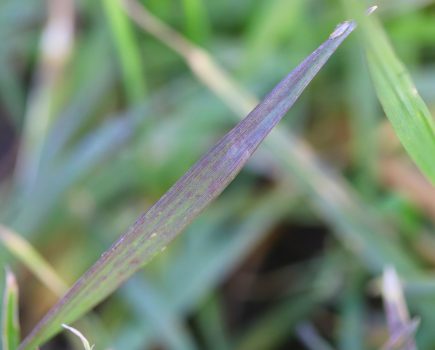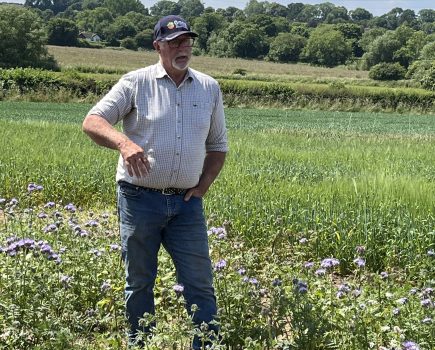Farmers are urged to pay close attention to grassweed control this autumn if there is any chance of getting on top of the very high weed burden legacy of last season’s poor control, is the advice from leading off-patent manufacturer Life Scientific.
Last autumn’s extremely wet conditions saw cereal weed control severely challenged as saturated fields often led to delayed or compromised application timings which meant products were not as effective allowing grass weeds and wild oats to establish strong footholds.
These uncontrolled weeds not only had an impact on last year’s yields, but will potentially have a knock-on effect this autumn, as growers are faced with even higher weed populations as a consequence of last year’s high weed seed shed and return to the soil.
Ruth Stanley Life Scientific country manager for the UK and Ireland points out this year the challenge is intensified as the pressure to drill early competes with the reality of late-flushing blackgrass.
“However the upcoming weeks after drilling offer a critical window for farmers to apply herbicides and target remaining grass weeds and wild oats before winter sets in,” she says.
“The key is to prevent the crop and weeds competing at the same time – so it is important to make sure every product works as well as possible – don’t rely on just one herbicide stack or sprayer pass and make use of all application timings and different actives.”
When it comes to post-emergence options, Mrs Stanley recommends a single application of 0.4 kg/ha Niantic with adjuvant 1.0 l/ha Probe to small, actively-growing weeds, ideally between 1 and 3 leaves, and when the majority of the weed population has emerged.
Niantic containing 30 g/kg mesosulfuron-methyl + 6 g/kg iodosulfuron-methyl-sodium, is a reverse-engineered herbicide formulation based on the reference product, Atlantis WG, and is approved for use in winter wheat in the autumn and provides good control of susceptible black-grass, rye-grass, wild oats, meadow grasses, common chickweed and mayweeds in winter wheat.
“The active ingredients of Niantic are ALS-inhibitors which affect cell division so the product is most effective when weeds are small and actively growing,” explains Mrs Stanley. “This means It can be applied from autumn until early spring when the wheat has two leaves (GS12) up until flag leaf ligule just visible (GS39).“
She points out populations of black-grass and Italian rye-grass with varying levels of resistance to ALS herbicides are widespread in the UK. “Niantic must therefore always be used as part of an integrated approach to weed control involving rotation, cultivations, stale seedbeds and delayed drilling.”
She also adds to this the requirement for Niantic to be used with an authorised adjuvant and sequenced with alternative modes of action such as the pre or early post-emergence herbicide, Firestarter which contains flufenacet and diflufenican.
Controlling wild oats
A NIAB survey sponsored by Life Scientific looked at wild oat resistance in Avena fatua (spring wild oat), which tends to germinate in spring, and Avena sterilis ludoviciana (winter wild oat) which tends to germinate more in autumn.
Whilst winter wild oat showed higher levels of resistance than spring wild oat in the NIAB work, most populations still showed good susceptibility to herbicides containing mesosulfuron-methyl and iodosulfuron-methyl-sodium such as Niantic.
“If you have wild oats on your farm, hopefully seed has been collected and tested, as knowing the species present can help target the best approach to control the weed in your fields,” said Mrs Stanley.
Application tips:
- As with all ALS-inhibitor herbicides, remember that sprayers must be thoroughly cleaned after use of NIANTIC using an appropriate tank cleaner.
- ALS-inhibitor herbicides used on cereals can only be used in tank-mixture or sequence with another ALS-inhibitor if a specific joint application is approved on label.
For more like this, sign up for the FREE South East Farmer e-newsletter here and receive all the latest farming news, reviews and insight straight to your inbox.







